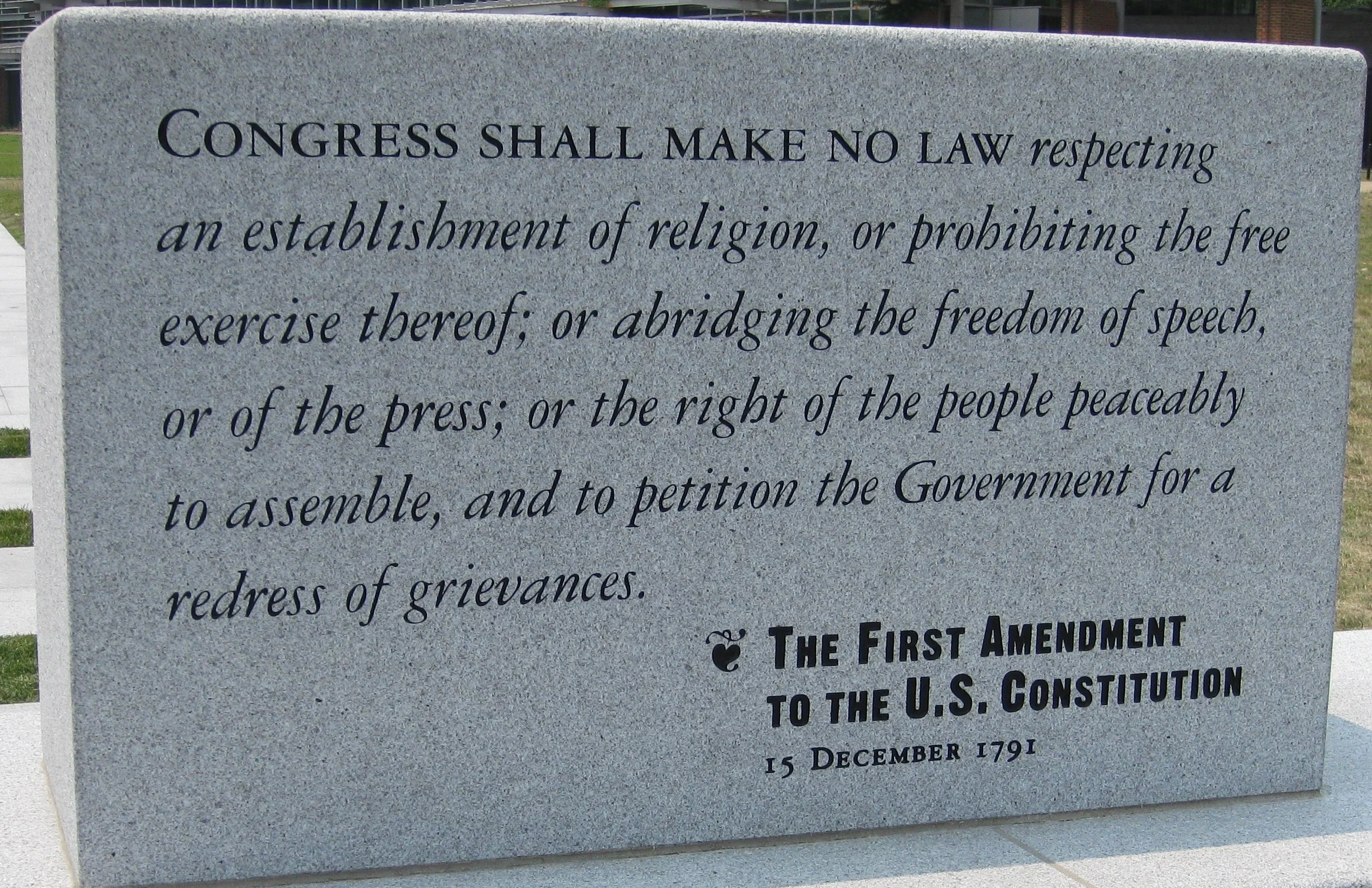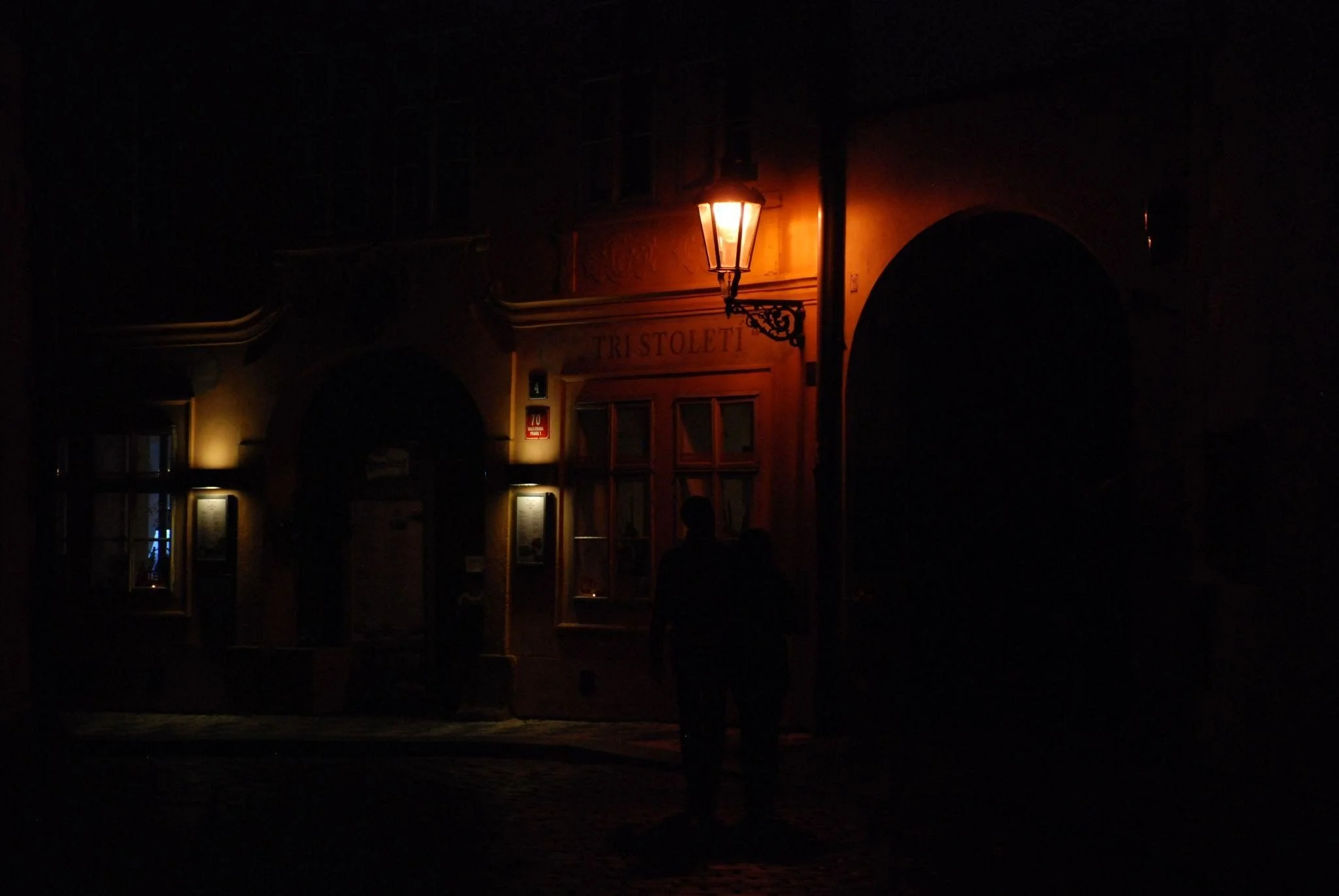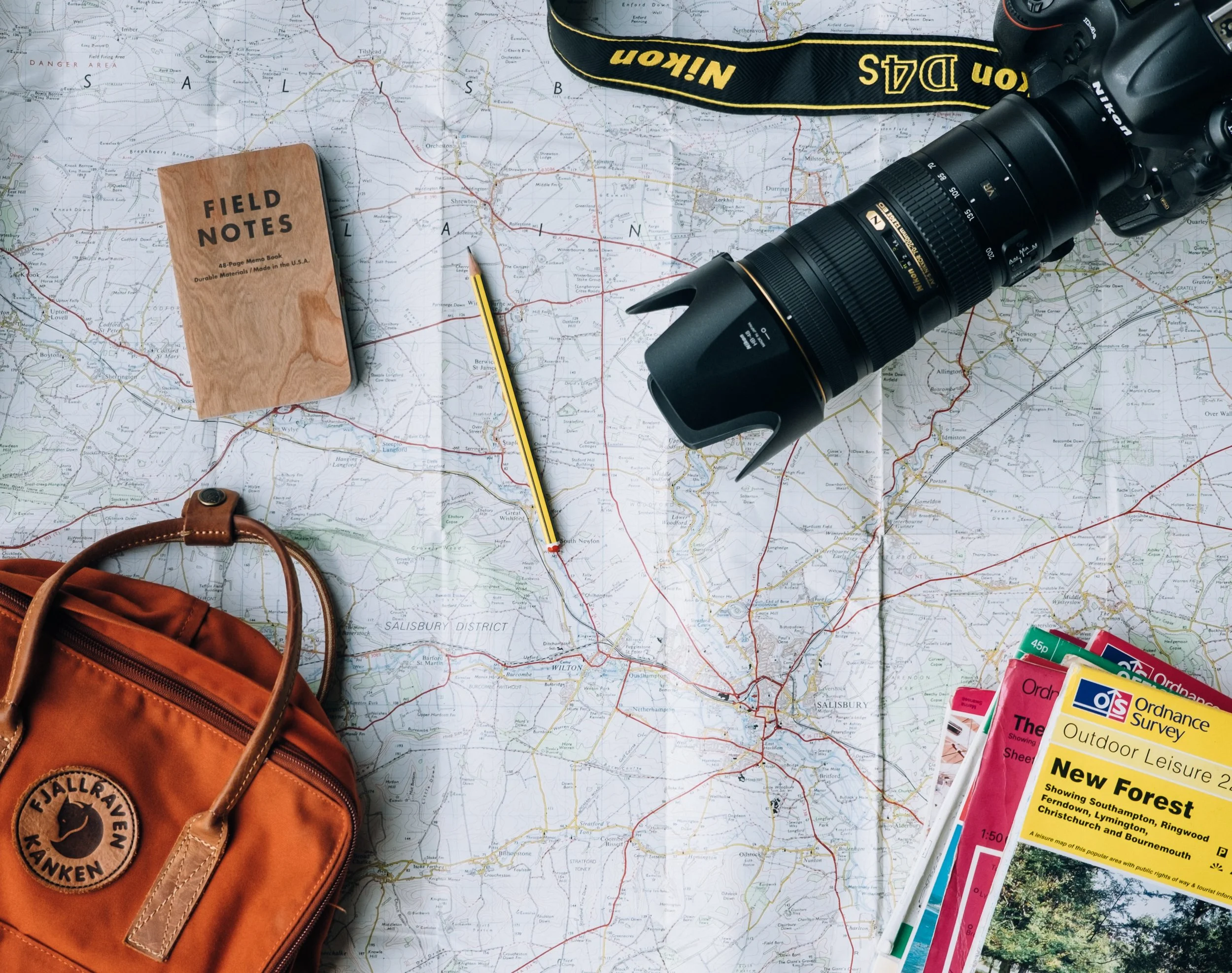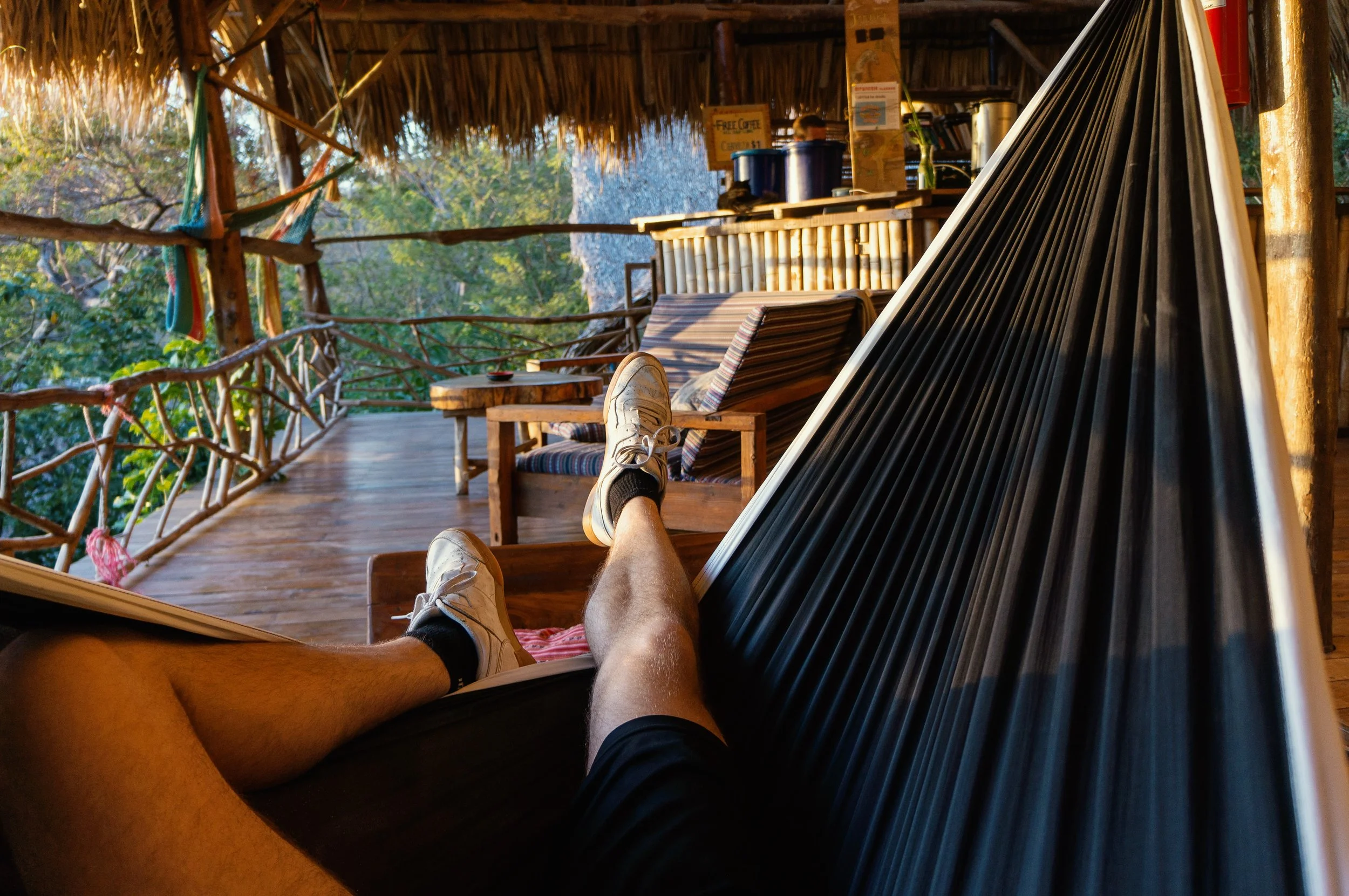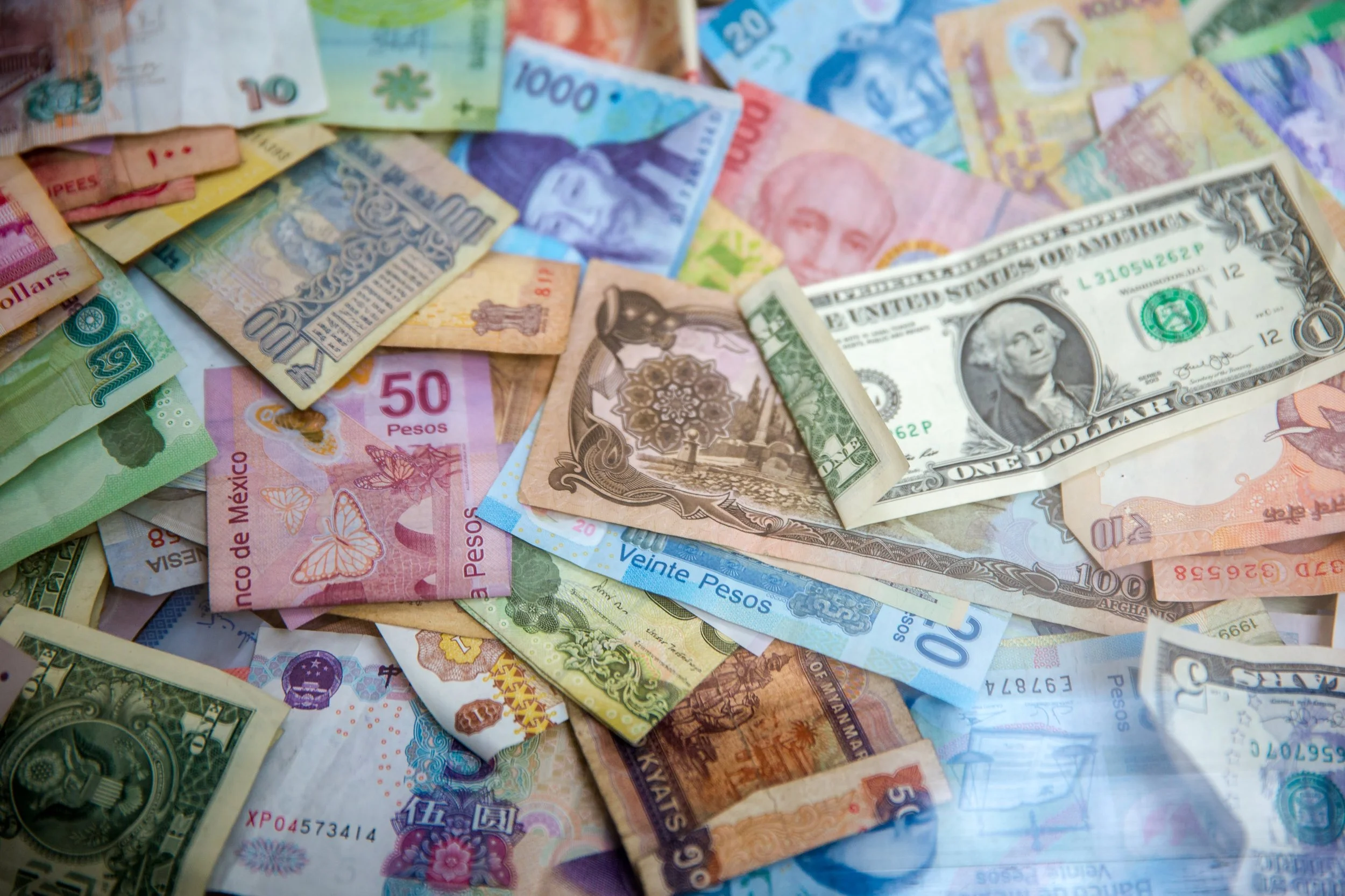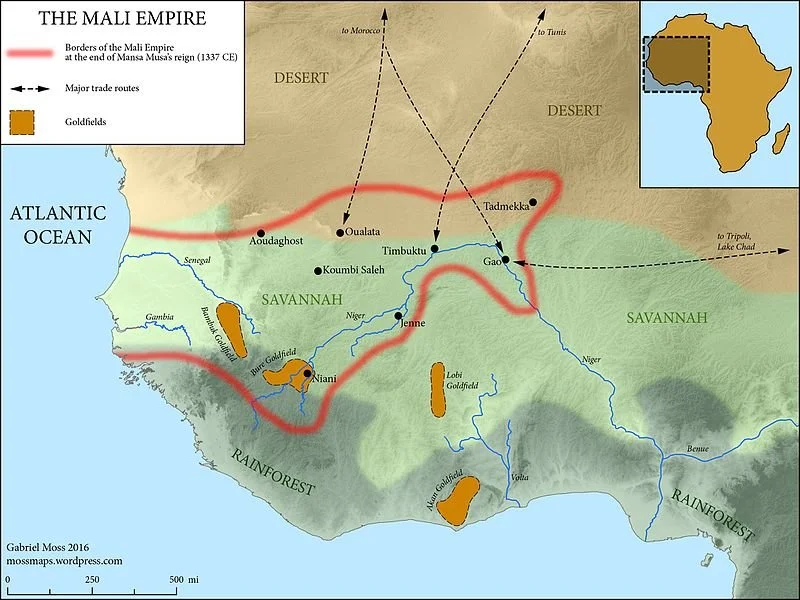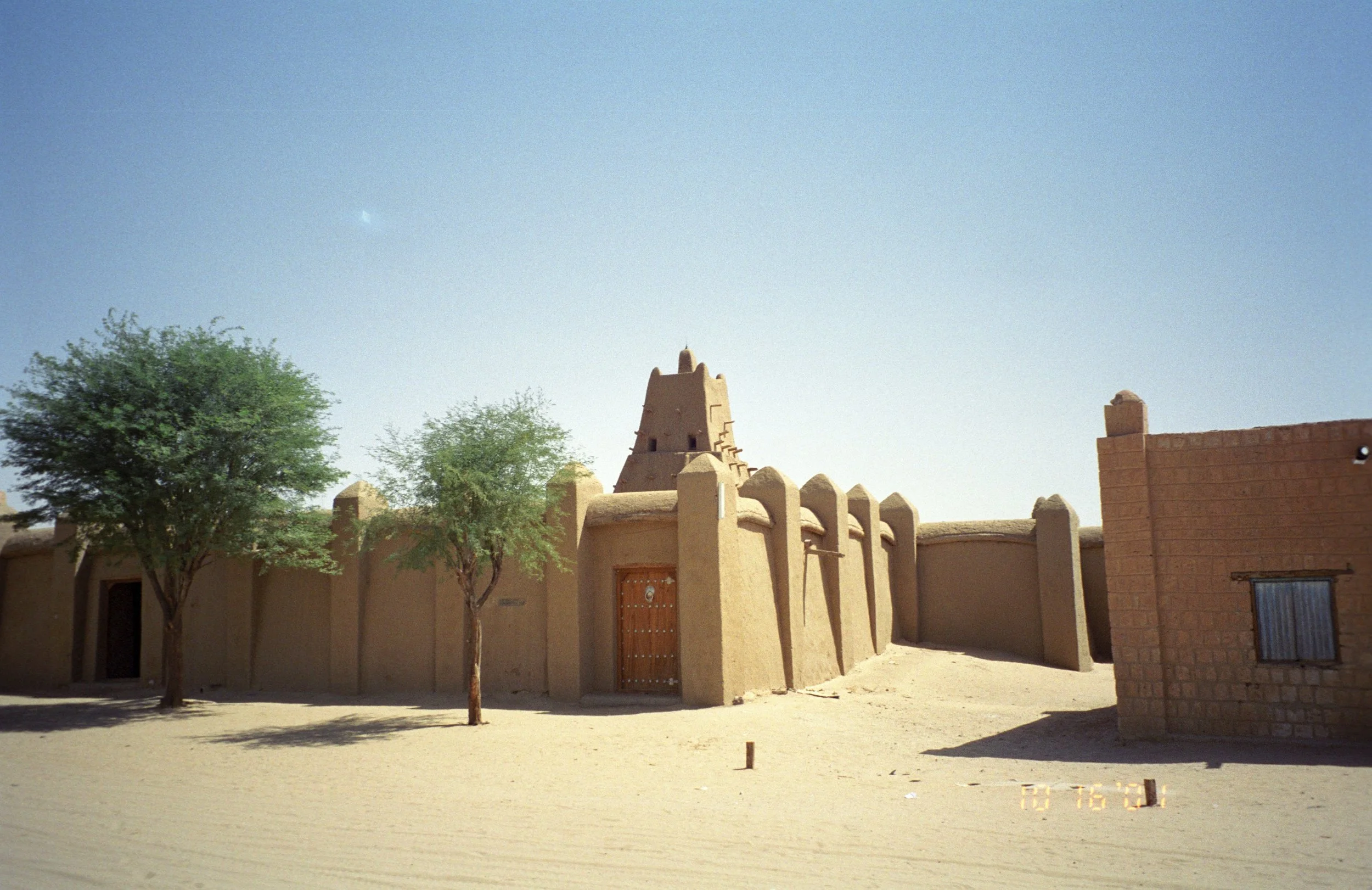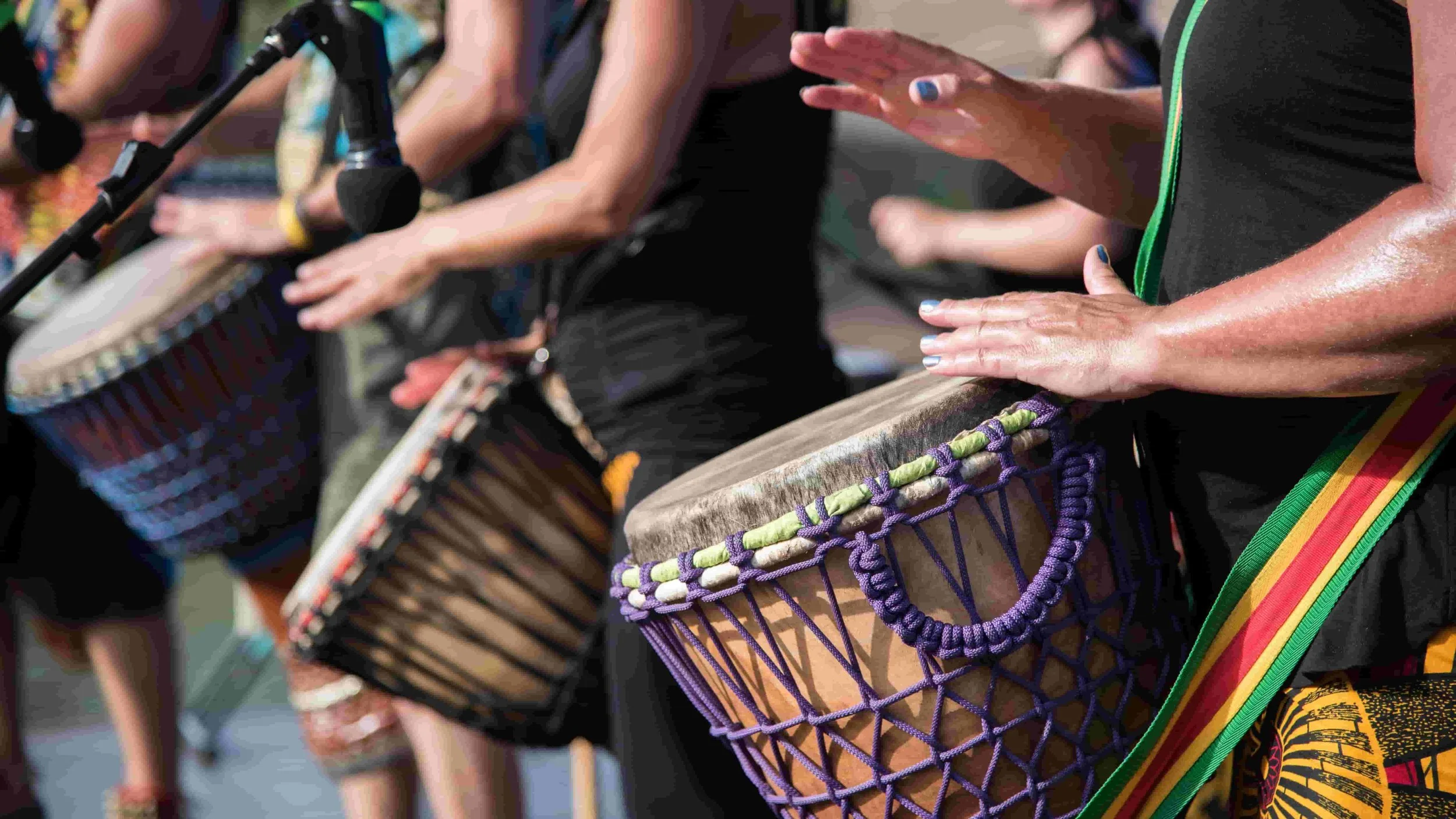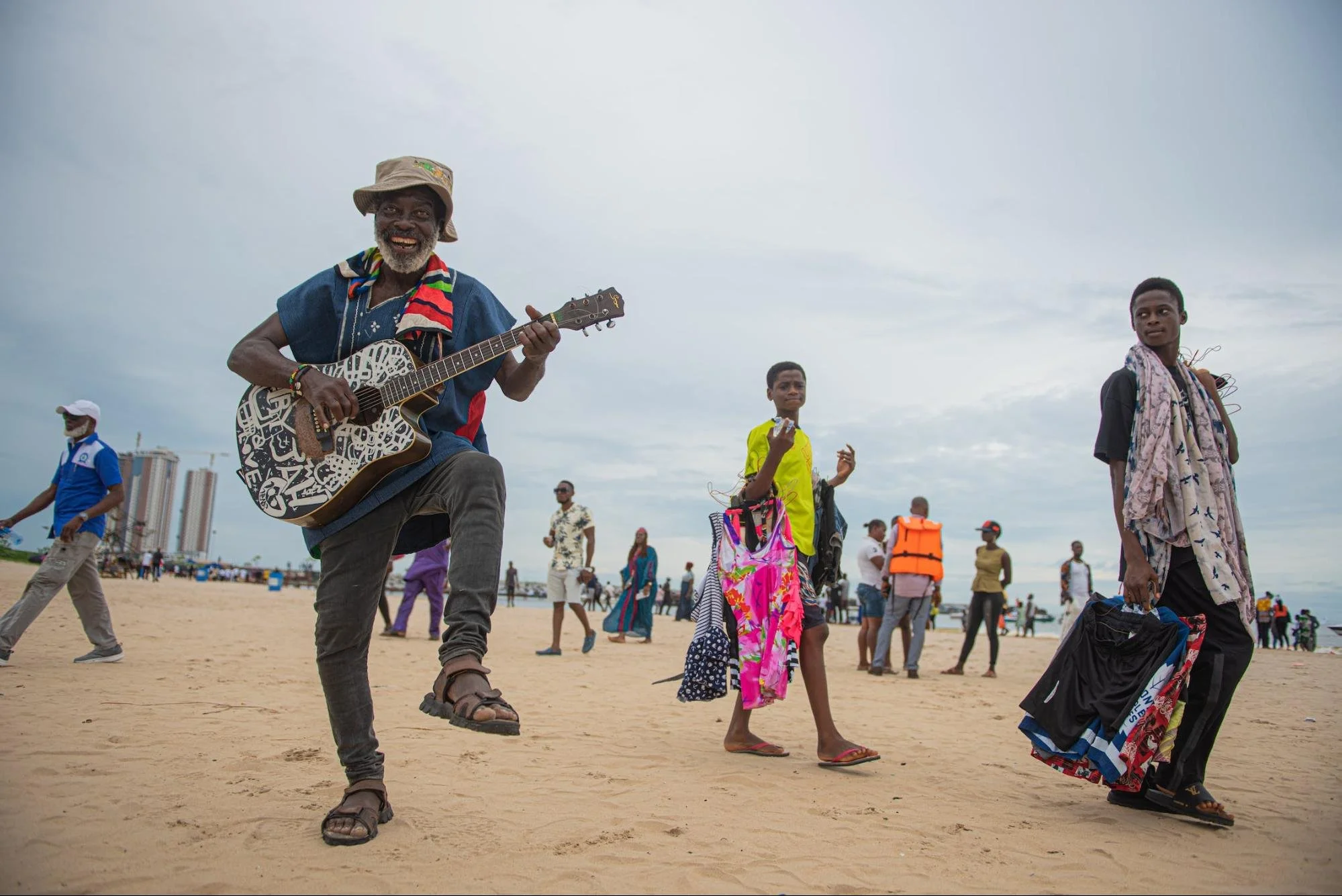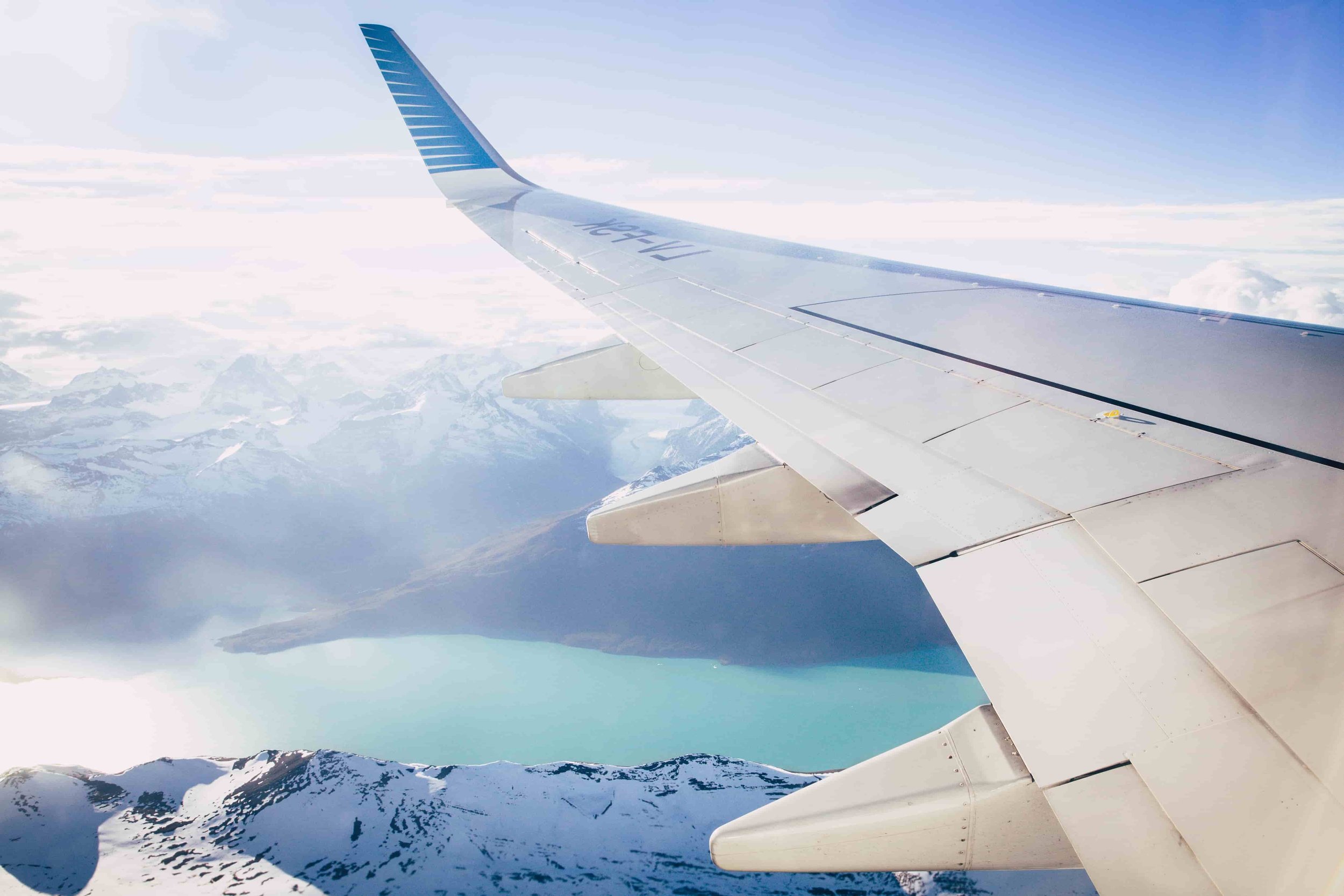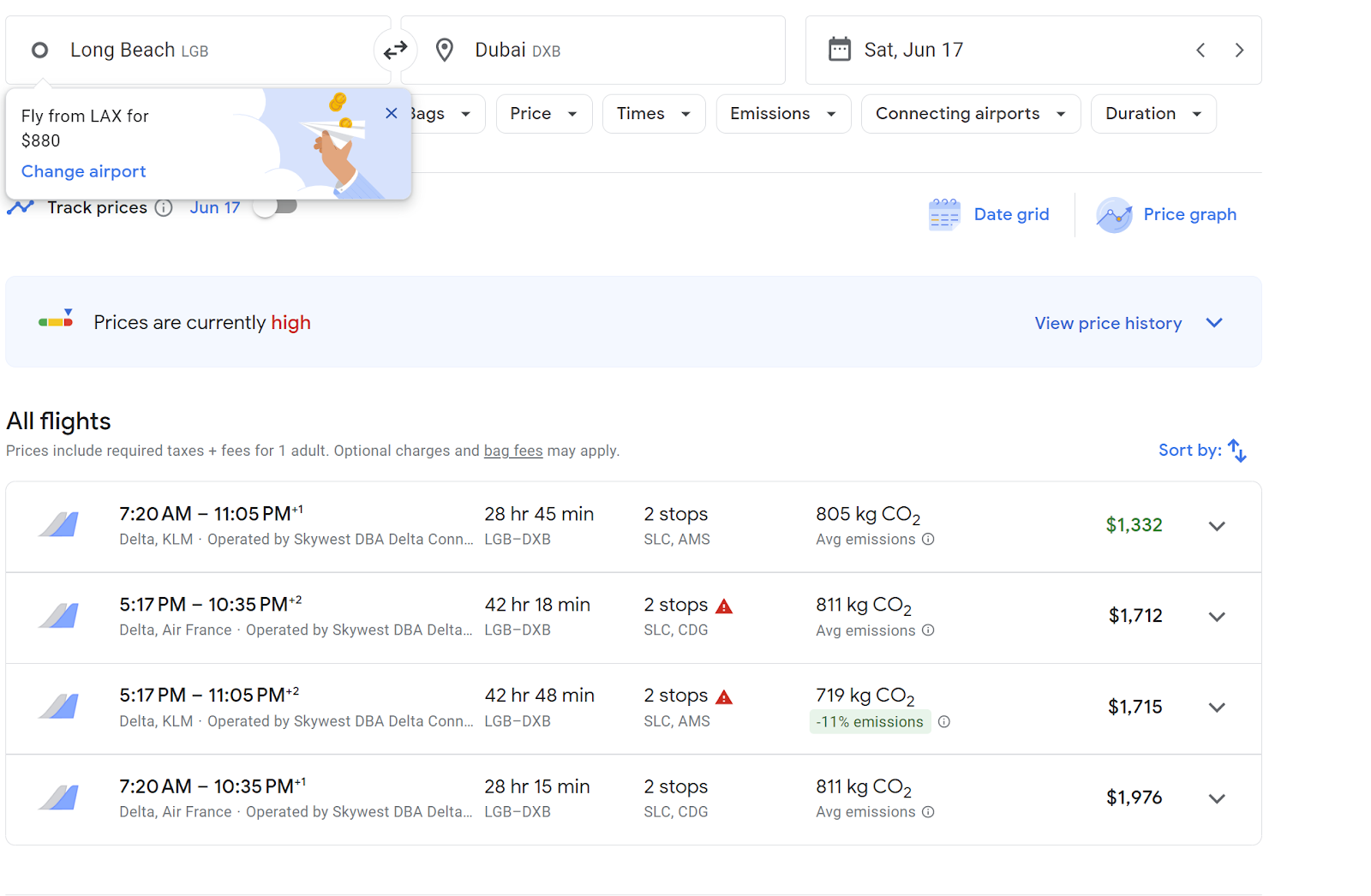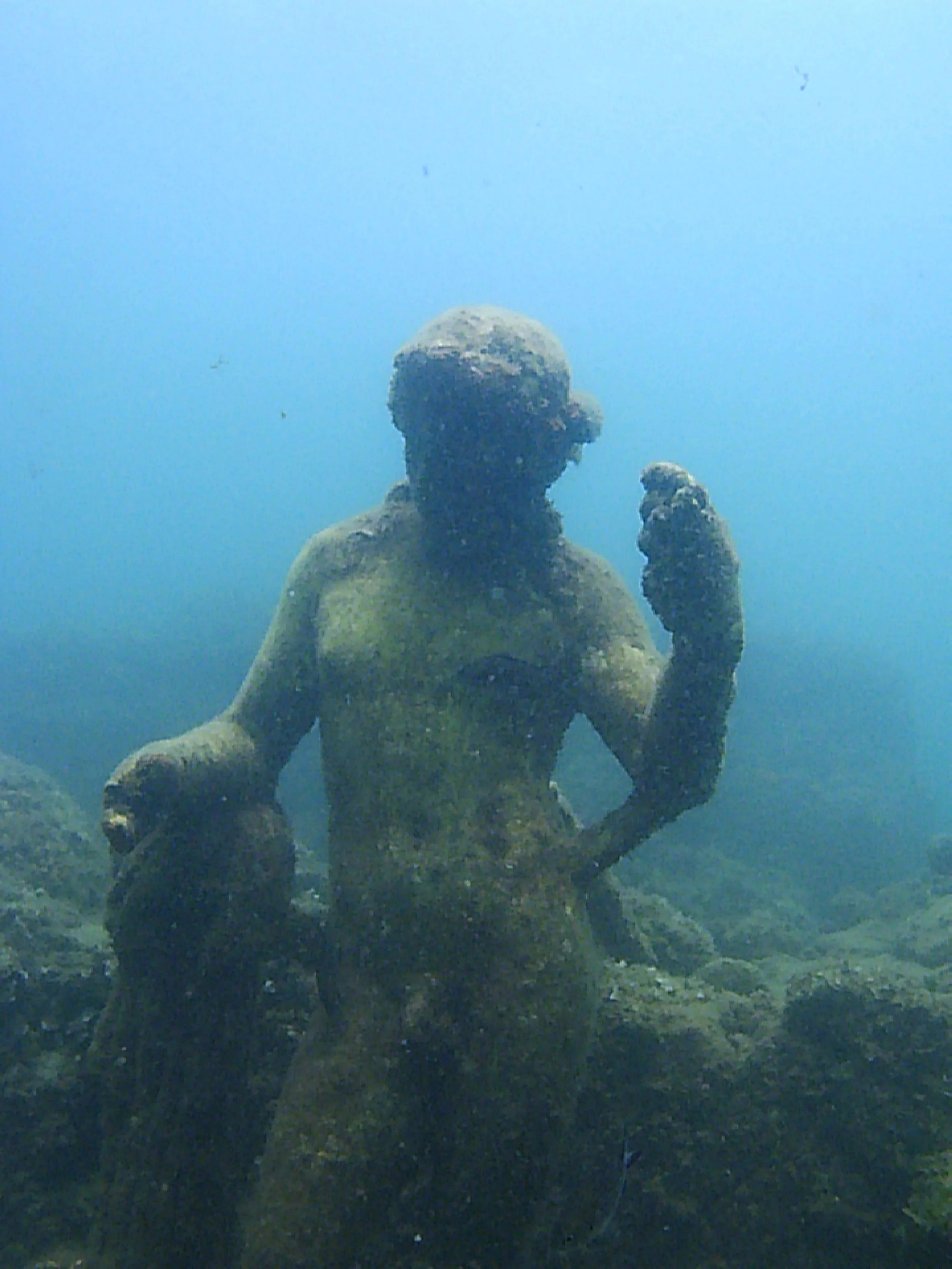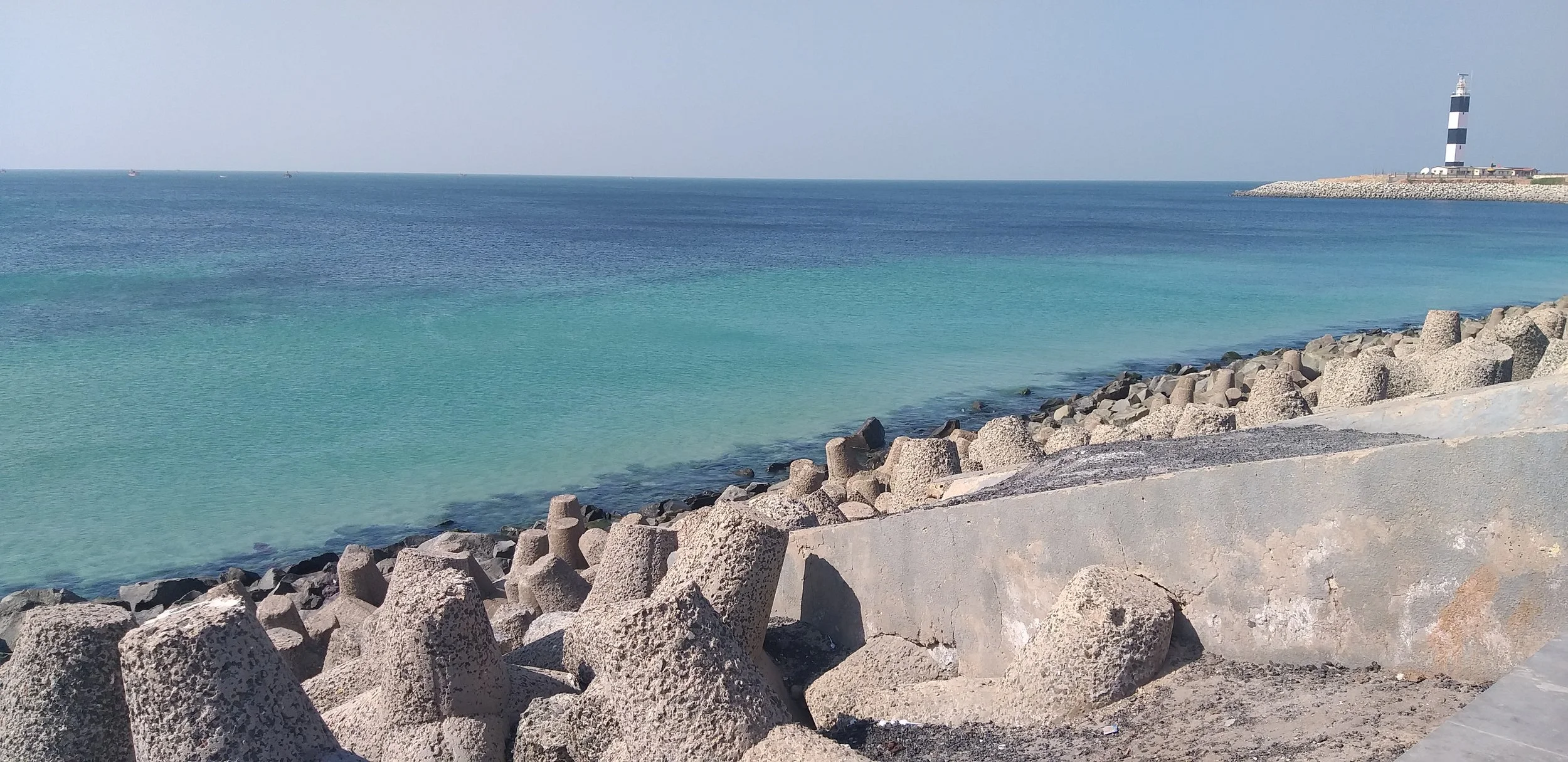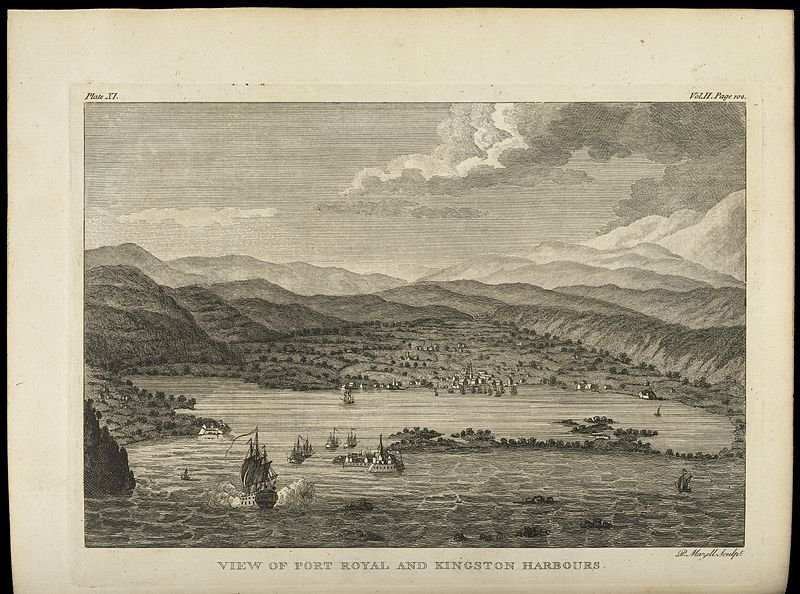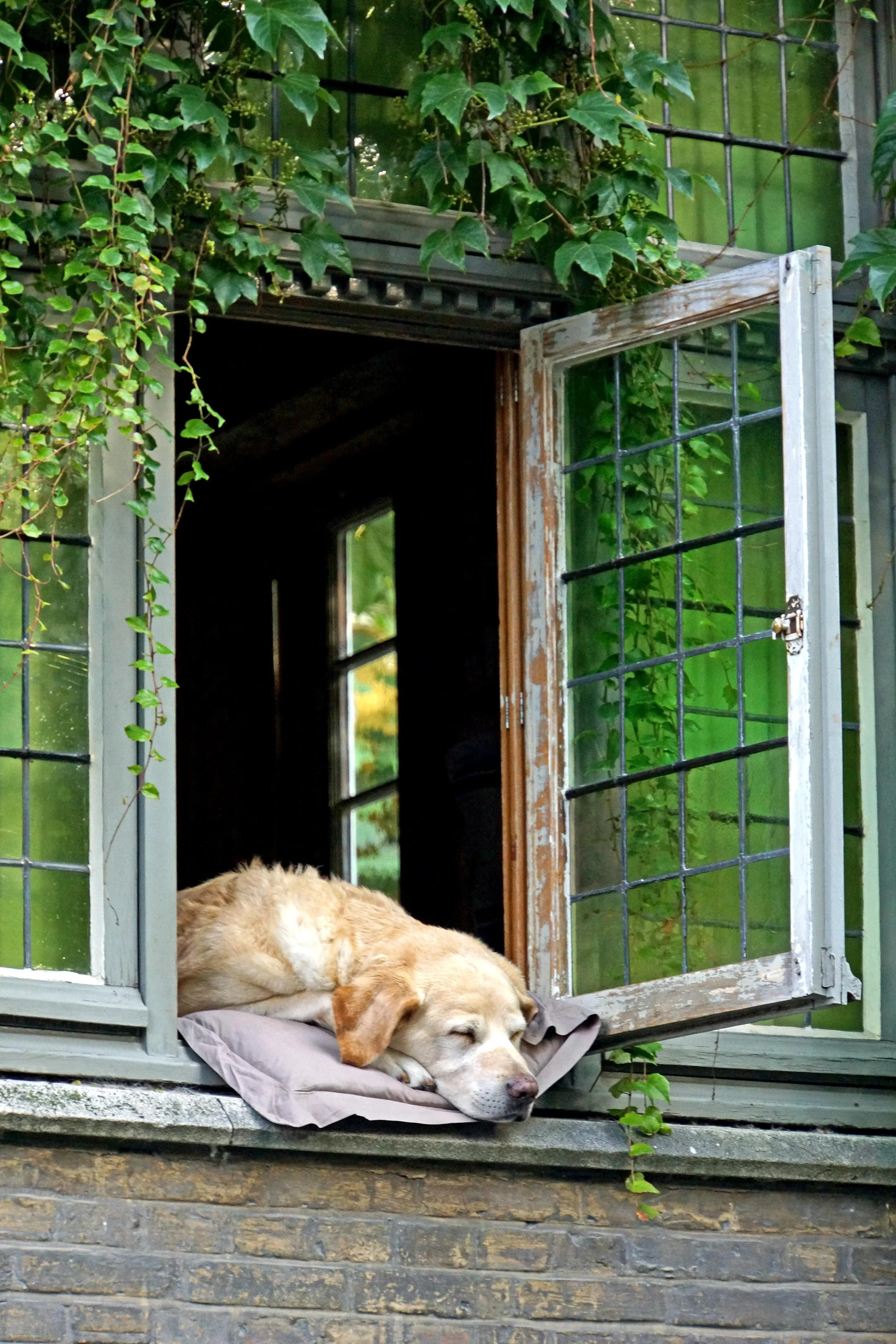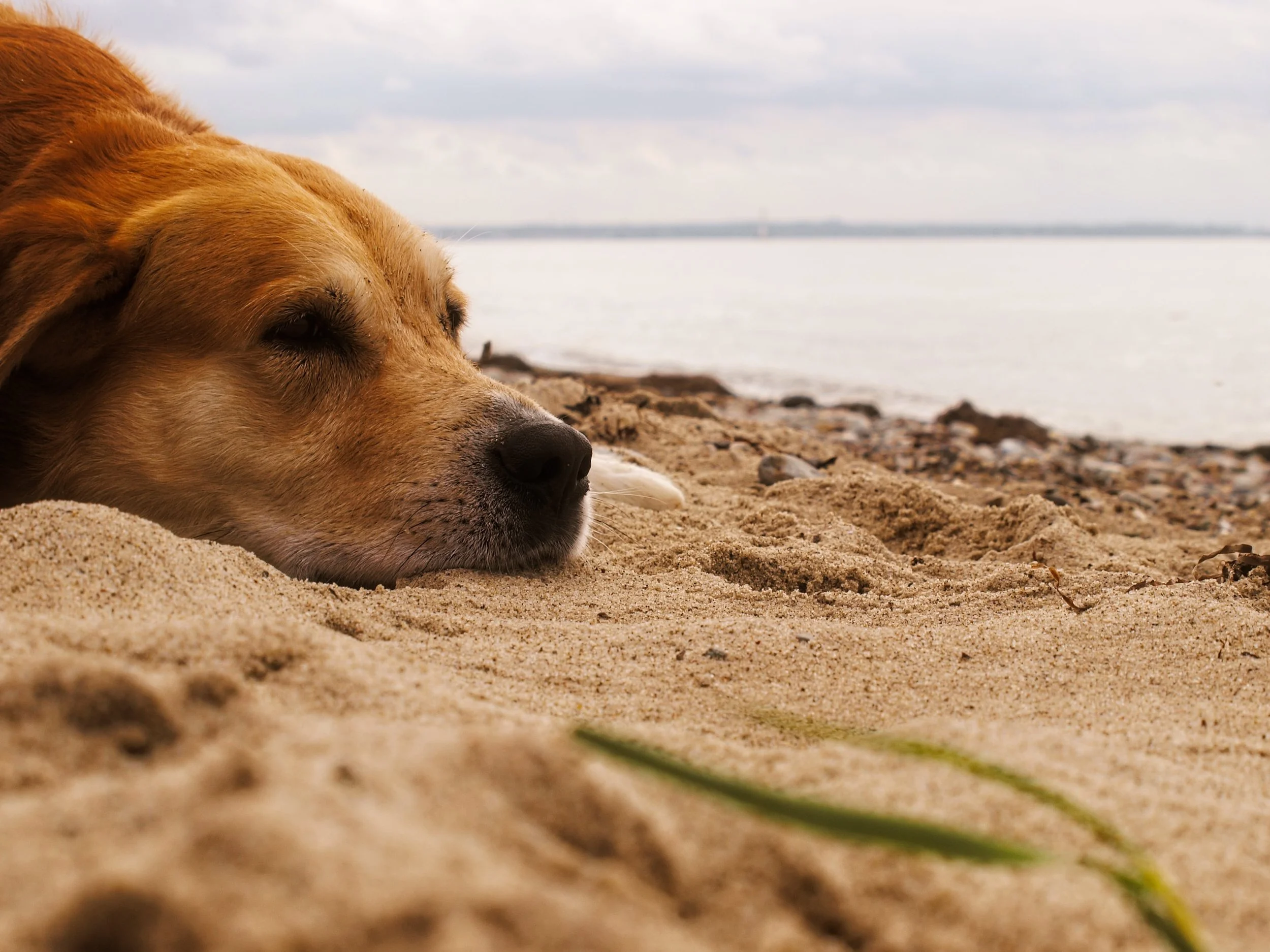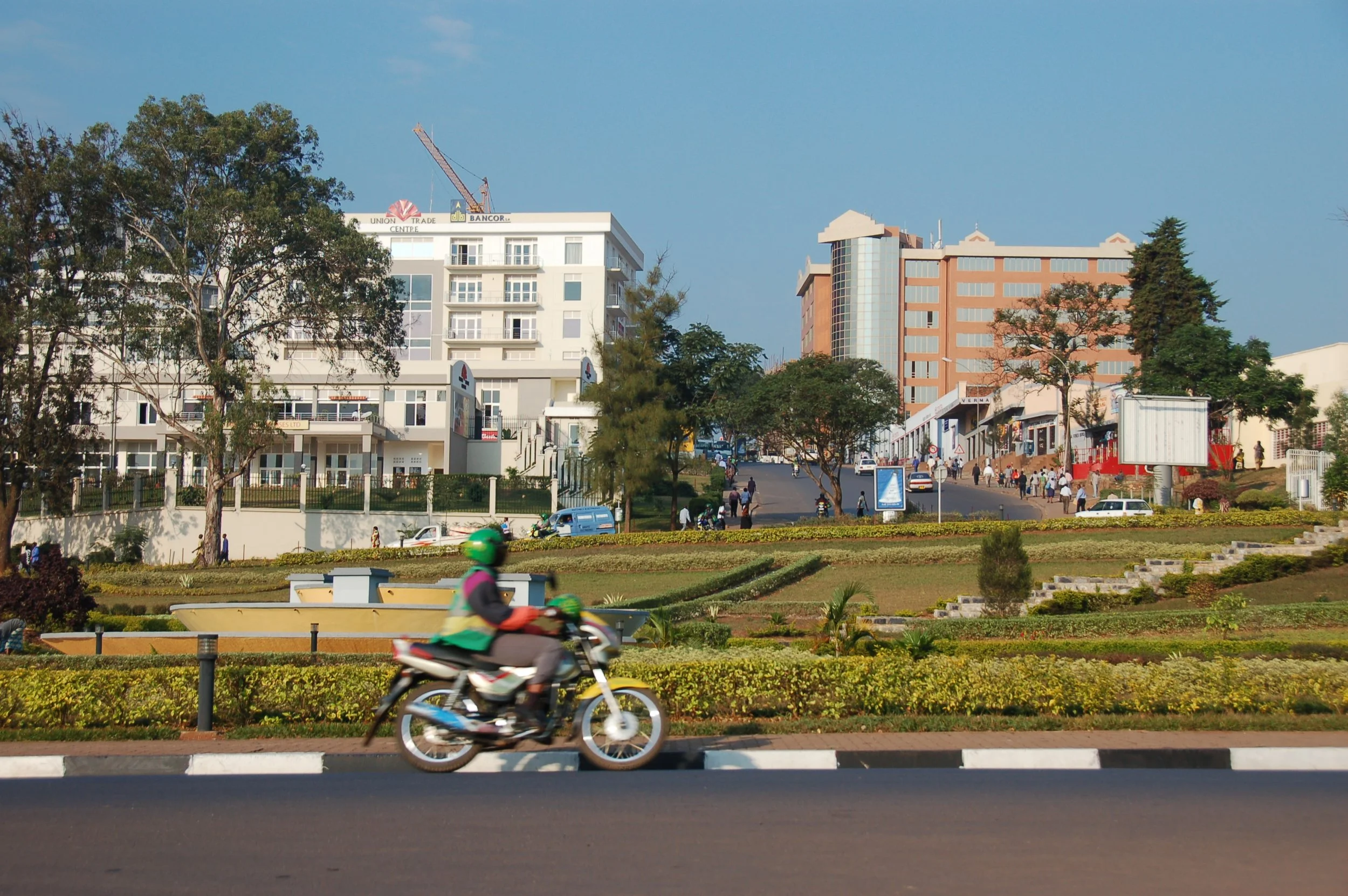What the United States can learn from the world’s newest Constitutions.
We the People' by Nari Ward -- Sun Splashed Exhibit at the Barnes Foundation Philadelphia (PA) June 2016, Ron Cogswell, CC BY 2.0.
When the United States Constitution was first written only white landowning men had the right to vote, African Americans were legally considered two-thirds of a person, and there was no guarantee from year to year that the United States would continue to exist. Despite these shortcomings, among many others, the United States Constitution was revolutionary for its time, paving the way and serving as an example for virtually all the world’s early democracies. For this, it is and should be revered, and deserves a place in history books across the globe.
Today, the United States Constitution is over 230 years old and is the oldest functioning national constitution in the world. The document hasn’t remained untouched, with new additions such as a universal right to vote and other significant changes saving the constitution from becoming obsolete over the centuries. In total, the Constitution has been amended 27 times. The most recent change technically came in 1992 with the 27th amendment, which made it more difficult for Senators to change their salary. However, the last major change occurred 21 years before that with the 26th amendment, which lowered the voting age to 18. Back then, Richard Nixon was president, the US was still mired in the Vietnam War, and the internet did not yet exist.
March For Our Lives student protest for gun control, Fibonacci Blue, CC BY 2.0.
While some parts of the Constitution have managed to stay relevant, others have become detached from their original purpose. The second Amendment of the constitution, the right to bear arms as part of a well-regulated militia, was designed at a time when the strongest weapon available was a musket that could fire once every 15 or 20 seconds. Today, US citizens can buy weapons that can fire up to 45 times per minute. A well-regulated militia was allowed in case a need arose to fight back against a potentially tyrannical new government, a fear that, in the nascent weak United States unsure of its future, was justified. With the government and its democratic institutions now being well established, and the US military arsenal harboring thousands of planes, tanks, missiles, and many other deadly weapons, overthrowing the US government is not necessary or realistic.
Protest against a constitutional amendment banning same sex marriage, Fibonacci Blue, CC BY 2.0.
Beyond this, several critically important human rights are not included in the US Constitution. The United States Constitution is one of 28 in the world that does not guarantee gender equality. Moreover, the constitutions of 142 countries protect the right to universal health care and of 160 countries guarantee the right to education. The United States Constitution does not do either of these things.
The idea of a constitution as a sacred untouchable object is a uniquely American one. Many countries around the world either completely rewrite or heavily edit their constitutions quite frequently. Most nations will create a new constitution if their old one starts to become obsolete. This practice, over the past 3 decades, has led to some of the most liberal constitutions in the world.
Ecuador
Scenes around Quito, Ecuador, A.Davey, CC BY 2.0.
Ecuador rewrote its constitution in 2008, its government riding a political wave to create one of the most liberal constitutions in the world. This constitution became the first in the world to recognize that the environment has rights, a landmark moment in the international environmental movement. It also was one of the first constitutions to extend rights to people of any gender identity or sexuality. Beyond these progressive changes, Ecuador established an immigration grace period, allowing anyone to enter the country for 90 days without a Visa. The Comparative Constitution Project, an organization devoted to studying constitutions, says the Ecuadorian constitution guarantees 99 rights to its citizens. The next closest constitution only guarantees 88.
South Africa
Joburg Pride, Zoo Lake, Johannesburg, Gauteng, South Africa, South African Tourism, CC BY 2.0.
The South African Constitution was ratified on December 4, 1996, two years after the end of Apartheid. This constitution is well-known for being the first in the world to ban discrimination based on gender identity. This led to South Africa becoming one of the most progressive nations in protecting the rights of gender minorities. The constitutional law has had tangible results. Most notably in 2019, a transgender woman in a male prison was unable to express her identity, which the courts ruled was unconstitutional. In addition, similar to the Ecuadorian Constitution’s environmental protections, the South African constitution guarantees the right to a healthy environment.
Tunisia
Summer-heat in Tunis, Tunisia, Dag Endresen, CC BY 2.0.
The newest constitution of the Republic of Tunisia was passed in 2014 and is most notable for its advanced environmental laws. Like Ecuador and South Africa, the Tunisian Constitution gives citizens the right to a safe and healthy environment. However, the Tunisian constitution goes further, guaranteeing its citizens the right to participate in environmental protection. Finally, it even promises government support to ecological causes, noting that “the state shall provide the necessary means to eradicate pollution of the environment”.
First Amendment to the US Constitution, elPadawan, CC BY-SA 2.0.
This is not to say the US Constitution should be rewritten. In fact, this article is not recommending a particular course of action. Rather, it is simply posing the idea that the constitutions are not as untouchable as they seem.
Jeremy Giles
Jeremy is a Writing Seminars and International Studies major at Johns Hopkins University. He is an avid writer and the Co-Founder of Writers’ Warehouse, Johns Hopkins’ first creative writing group. He is an advocate for Indigenous rights, and studies how Indigenous philosophies can be used to help prevent climate change. Using his writing, he hopes to bring attention to underrepresented voices in today’s world.







